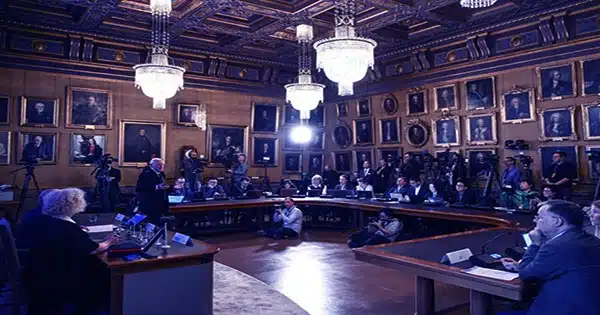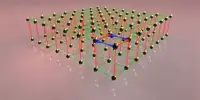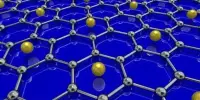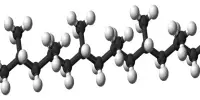On Tuesday, three scientists were awarded the Nobel Prize in Physics for providing the first split-second view into the speedy world of spinning electrons, a realm that could one day lead to improved electronics or disease diagnosis.
The prize was given to French-Swedish physicist Anne L’Huillier, French scientist Pierre Agostini, and Hungarian-born Ferenc Krausz for their work on the little component of each atom that races about the center and is crucial to almost everything: chemistry, physics, our bodies, and our electronics.
Electrons travel so rapidly that human efforts to isolate them have failed, but by gazing at the smallest fraction of a second possible, scientists now have a “blurry” view of them, which experts say opens up whole new sciences.
“The electrons are very fast, and the electrons are really the workforce everywhere,” stated Nobel Committee member Mats Larsson. “Once you can control and understand electrons, you have taken a very big step forward.”
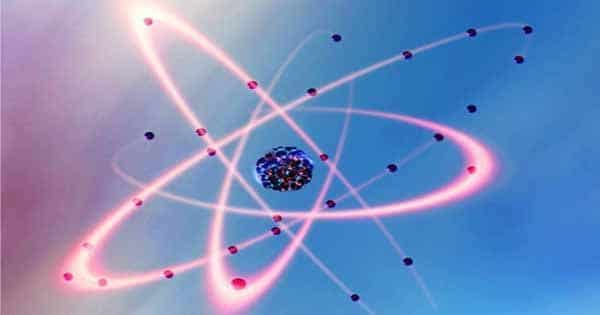
L’Huillier, of Sweden’s Lund University, is the fifth woman to receive the Nobel Prize in Physics.
“For all the women, I say if you are interested, if you have a little bit of passion for this type of challenge, so just go for it,” she said in an interview with The Associated Press.
WHAT Physics Discovery Won The Nobel Prize?
Separately, the scientists employed ever-faster laser pulses to capture the atomic motion that occurred at such dizzying speeds—one quintillionth of a second, known as an attosecond—much like photographers use rapid shutters to capture a hummingbird eating.
“Let’s take one second, which is the time of a heartbeat,” Nobel Committee head Eva Olsson stated. That would have to be divided by 1,000 six times to achieve the realm of the attosecond.
According to Nobel Committee member physicist Mark Pearce, “There are as many attoseconds in a second as there are seconds since the Big Bang, 13.8 billion years ago.”
Even when scientists “see” the electron, they can only see so much of it.
“You can see whether it’s on one side of a molecule or the other,” L’Huillier, 65, explained. “It’s still very blurry.”
“The electrons are much more like waves, like water waves than particles and what we try to measure with our technique is the position of the crest of the waves,” she said.
Why Do Electrons Matter?
Electrons are important because they are “how the atoms bind together,” according to L’Huillier. It is the site of chemical reactions.
“Electrons are, even if we can’t see them, omnipresent in our life—our biological life and also our technical life, in our everyday life,” Krausz stated in a press release. “In our biological life, electrons form the adhesive between atoms, with which they form molecules and these molecules are then the smallest functional building stones of every living organism.”
And if you want to understand how they work, you must first understand how they move, according to Krausz.
This study is currently concerned with comprehending our cosmos, but it is hoped that it will someday have practical uses in electronics, illness diagnosis, and fundamental chemistry.
L’Huillier believes her work demonstrates the need to work on fundamental research regardless of future applications: She worked on it for 30 years before real-world applications became obvious.
What Were The Reactions Of Anne L’huillier, Ferenc Krausz, And Pierre Agostini?
L’Huillier was teaching basic engineering physics to roughly 100 undergraduates at Lund when she received the phone call informing her that she had won, but her phone was on quiet and she did not answer. During a break, she examined it and called the Nobel Committee.
She then returned to teaching.
“I was very concentrated, forgot about the Nobel Prize, and tried to finish my lecture,” she was quoted as saying by the AP. She left class early to attend the news conference announcing the prize at the Royal Swedish Academy of Sciences in Stockholm.
“This is the most prestigious award, and I am overjoyed to have received it.” “It’s incredible,” she said during the press conference. “As you know there are not so many women who got this prize so it’s very special.”
The Nobel Foundation shared a photo of L’Huillier putting a phone to her ear on social media.
“Dedicated teacher alert!” exclaimed the post on X, formerly Twitter. “Not even the 2023 #NobelPrize in Physics could tear Anne L’Huillier from her students.”
And L’Huillier said she wasn’t authorized to tell the pupils what happened because the award was a mystery at the time, although she did say they suspected.
Agostini, an emeritus professor at Ohio State University, was in Paris and could not be reached by the Nobel Committee before the award was revealed publicly.
“I haven’t received a phone call from the committee.” Maybe it’s not true. “I don’t know,” he laughed to the AP. “I think the committee is looking for me in Columbus.”
“There are certainly younger people who would have appreciated it far more than me,” the 82-year-old jokingly said. “It’s good but it is a bit late for me.”
“I don’t think I would have deserved it earlier!” he added.
Krausz, of the Max Planck Institute for Quantum Optics and the Ludwig Maximilian University of Munich, expressed surprise to reporters.
“I have been trying to figure out since 11 a.m. … whether I’m in reality or it’s just a long dream,” claimed the 61-year-old.
The Nobel committee’s phone call had “no caller ID,” and Krausz typically doesn’t answer those calls, but this time he said, “I thought I’d try it, and then it became clear that I can’t hang up so quickly.”
Krausz and L’Huillier shared the coveted Wolf prize in physics last year with University of Ottawa physicist Paul Corkum. Nobel Prizes are limited to only three recipients, and Krausz expressed regret that Corkum was not among them.
Corkum was critical in measuring the split-second laser bursts, according to Krausz.
The Nobel Prizes are endowed with a financial prize of 11 million Swedish kronor ($1 million) left by the prize’s originator, Swedish inventor Alfred Nobel.
The physics award comes just one day after two scientists were awarded the Nobel Prize in medicine for discoveries that enabled the development of COVID-19 mRNA vaccines.
